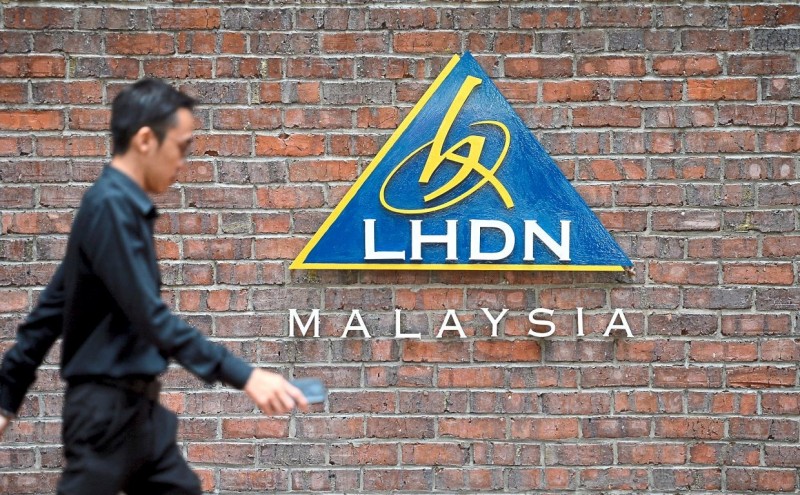
BUDGET 2024 is an expansionary one at RM393.8bil – the largest so far. Being the second Madani budget, it is essentially phase two of the overall Madani policy framework.
Under phase one – Budget 2023 – the focus was on alleviating poverty, managing the rising costs of living, putting more disposal income in the hands of the rakyat by reducing taxes, and pump priming the economy to aid its recovery.
Under Budget 2024, having steadied the ship somewhat, the focus now is to increase government revenues as well as further enhance the allocation of funds to continue with the implementation of initiatives undertaken in Budget 2023.
In formulating the introduction of new taxes, the government has been mindful of not burdening the lower income group.
Malaysia, therefore, has seen the introduction of capital gains tax (CGT) at a rate of 10% on the disposal of shares in unlisted or private companies and high value goods tax (HVGT) at a rate of 5% to 10% on certain high-value items – taxes that would impact the better-off and well-heeled among the populace.
The CGT has been introduced to allow for a more equitable tax collection mechanism as the better off would be in a position to pay taxes, thereby among other benefits, allowing the government to have greater flexibility in reducing direct taxes for the lower income groups.
It will not apply to approved initial public offerings and internal restructuring within the same group.
A group restructuring could be undertaken to streamline operations to achieve efficiency and may entail the disposal of shares or share swapping exercises to be carried out.
In these transactions, there is typically no monetary exchange. Therefore, if the CGT was imposed on such transactions, the disposer would have to pay taxes out of his own pocket.
It has raised the ire of the small and medium enterprises (SMEs) as disposal of shares when bringing in new strategic partners or investors to expand and move up the value chain could give rise to the tax.
Needless to say, the fact that Singapore does not have CGT means there is also the danger that capital flight could take place.
The HVGT has been introduced to cover items such as jewellery and watches at the moment.
It is to allow for a “soft landing” of this new tax with additional items being potentially added on to the list in the future.
The rate of service tax has been increased from 6% to 8% except for the food and beverage (F&B) and telecommunications industries, and the scope of service tax has been widened to a few additional service types.
The F&B industry seems to be thriving in the country, which is not a surprise as Malaysia is a food haven.
Cascading effect
Although the F&B operators are exempted from imposing the additional 2% service tax to avoid burdening the rakyat, there could still be a cascading effect with the F&B operator having to pay more for its purchases from parties that have been subjected to higher service taxes for various services procured by these parties.
The level of the national debt stands at RM1.5 trillion, representing more than 60% of the debt-to-gross domestic product (GDP) ratio.
The government would be working towards reducing the debt level and achieving the fiscal deficit target of 3% of the GDP in the next three to five years as mandated by the Public Finance and Fiscal Responsibility Act.
The introduction of the CGT, HVGT and an increase in the service tax rate to collect additional taxes would assist to this end but not very significantly.
Mandatory implementation
The government is set to implement e-invoicing with mandatory implementation for taxpayers with an annual turnover of more than RM100mil on Aug 1, 2024, for taxpayers with annual turnover of between RM25mil and RM100mil on Jan 1, 2025 and from July 1, 2025 there will be mandatory implementation for all other taxpayers.
E-invoicing will help plug tax leakages involving tax dodgers as essentially all transactions will go through the Inland Revenue Board’s (IRB) portal with the IRB being privy to the relevant information on a near real-time basis.
With e-invoicing, the database of taxpayers will be widened with parties that were previously out of the loop now being roped in.
Tax revenues can be enhanced, which will in turn support long-term economic growth and the aspired reduced deficit targets become conceivably achievable.
Statistics revealed that more than 70% of SMEs in Malaysia are new to digitalisation or have not digitised. There are concerns that they will be ill-prepared for e-invoicing, and dread the implementation headaches and additional costs that e-invoicing would entail.
These concerns have been raised to the authorities who have highlighted that there is a portal called the MyInvois Portal, hosted by the IRB that is available to all taxpayers at no cost.
Direct transmission
Taxpayers could alternatively go for Application Programming Interface (API) that enables the direct transmission between the taxpayers’ system and the MyInvois system. APIs require upfront investment in technology and adjustments to existing systems. This would be ideal for large taxpayers or businesses with substantial volumes of transactions.
There is much that the government has set out to achieve. The strategic and diligent implementation of these initiatives would be key.
Harvindar Singh is the managing partner of Harvey and Associates. The views expressed here are the writer’s own.
Source: https://www.thestar.com.my/business/insight/2023/10/20/focus-is-on-raising-government-coffers

